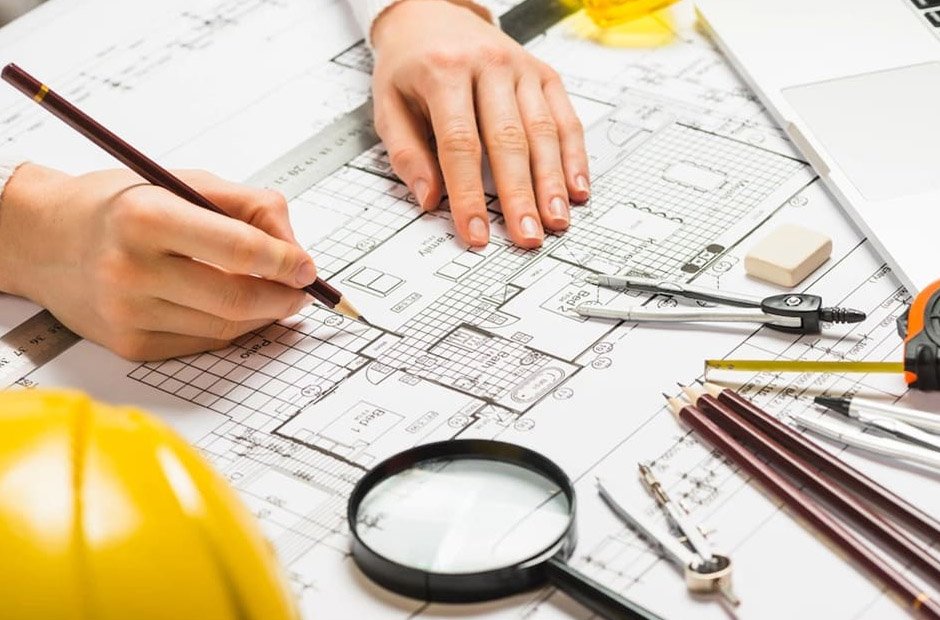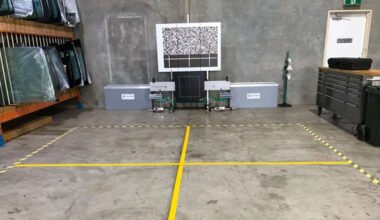Understanding Full Architectural Service: Beyond the Basics
Many individuals envision architects as the creative minds behind striking building facades or transformative interior designs, but those surface-level contributions are just the tip of the iceberg. Full architectural service is an all-encompassing approach that starts well before groundbreaking and extends beyond the final inspection. notes McKenna & Vane Management. It involves deeply understanding a client’s needs, the local context, regulatory requirements, and functional demands for the intended space. From brainstorming concepts to managing construction logistics and design revisions, architects operating in this role orchestrate a seamless experience.
What distinguishes full service is the architect’s commitment to continuous engagement and quality assurance across every milestone. Leading Architects in Pennsylvania and across the country demonstrate that this approach goes far beyond offering a stack of construction drawings. Instead, it establishes a consistent thread from the project’s vision statement to the ribbon-cutting celebration, drastically minimizing the risk of costly oversights and ensuring the project’s success.
What’s Included in Full Architectural Service?
Comprehensive architectural services are structured into five major phases, each crucial in shaping and realizing a project. Schematic design is where the creative groundwork is laid, as architects collaborate with clients to develop and refine an overarching vision. The next step is design development, where those initial ideas evolve into practical, buildable plans, taking into account materials, systems, and local code requirements.
This process then transitions to the construction documentation phase, where detailed specifications and drawings are meticulously assembled. These documents become the foundation for competitive bidding, ensuring fair pricing and matching project needs with suitable contractors. Importantly, construction administration ties it all together, as architects actively oversee the building site, responding to changes and safeguarding quality. As the American Institute of Architects stresses, architects who remain involved at every stage help stave off delays and cost overruns, lending informed guidance at precisely the right moments.
Reasons to Choose Comprehensive Design and Construction Oversight
- Single Point of Contact: When clients work with an architectural firm that offers complete full services, confusion is replaced with clarity. A dedicated expert leads communications, answers questions, and unravels complex design challenges. This reduces stress and ensures that crucial information never slips through the cracks.
- Consistency of VisiDesignsign concepts can be unintentionally diluted as projects unfold. Full architectural service ensures fidelity to the original idea, adjusting where necessary but always protecting what makes the design unique and functional. This leads to buildings genuinely reflecting the client’s vision and purpose.
- Problem Solving: Nearly every project involves unexpected site issues, changes in material availability, and evolving regulations. Architects who remain hands-on can quickly propose creative workarounds, reducing costly downtime and minimizing stress for the client and contractors.
- Streamlined Process: Lack of coordination and unexpected problems are commonly cited reasons for construction delays and budget overruns. An integrated design and oversight approach keeps all parties working toward the same goal, smoothing transitions and driving consistent progress from start to finish.
Current Trends Shaping Architectural Services
The construction industry is rapidly embracing change, and architectural services are at the heart of this transformation. Digitally enabled design tools, sustainable building practices, and networked “smart” homes have become commonplace even in traditional building sectors. Today, architects say to blend timeless design principles with cutting-edge innovation to meet evolving health, comfort, and environmental performance expectations.
Echoing recent reporting from The Washington Post, many firms are driving positive environmental action through choices such as low-carbon materials, energy-efficient technologies, and site-friendly landscaping. The demand for sustainable and adaptable spaces has prompted architects to reimagine their roles, blending aesthetics with technical acumen. This means that projects of all sizes can benefit from strategies that save resources, reduce emissions, and support healthier lifestyles.
- Sustainable Design: Green building certification, passive house standards, and renewable energy systems are now standard components of comprehensive design proposals.
- Advanced 3D Modeling: Visualization tools bring ideas to life, engaging clients directly in decision-making and identifying issues before they reach the field.
- Wellness & Smart Homes: Clients increasingly seek architects with expertise in healthy building techniques, including natural ventilation, biophilic design, and integrated building monitoring systems.
Benefits Supported by Research
Well-documented benefits underpin the value of involving architects through every project phase. According to a study in the National Library of Medicine, design-build integration and similar collaborative approaches not only deliver projects faster but also result in fewer disputes, unexpected expenses, and disruptions to the client’s operations. Clients routinely report that such partnerships lead to clearer budgets, more predictable timelines, and a superior end product.
These improvements are not limited to large commercial projects. Even modest residential projects benefit when architects can coordinate directly with engineers, builders, and specialty consultants. This ability to anticipate and control challenges brings peace of mind—and, often, savings that offset the perceived costs of full-service architectural involvement.
The Client Experience: Communication and Creativity
The hallmark of a successful building project is evident, transparent, and honest communication. Clients hiring a full-service architecture firm enjoy seamless dialogue, faster response times, and more meaningful collaboration throughout the project lifecycle. This process empowers clients to make informed decisions because their questions and concerns are addressed quickly and thoroughly.
Additionally, creative problem-solving is a defining advantage. Full architectural service enables firms to adapt their approach in real time, responding to shifting priorities or unexpected challenges without compromising design quality. Ultimately, clients gain spaces thoughtfully crafted for their unique routines, aspirations, and style—spaces that reflect true partnership and expertise.
Addressing Common Misconceptions
A frequent misconception is that hiring an architect for end-to-end service is an unaffordable luxury. In practice, the opposite is often true. Architects significantly reduce the risk of hidden costs, schedule overruns, and rework by ensuring continuity and minimizing miscommunications among builders, subcontractors, and regulatory agencies.
Stories abound of complete project oversight that prevented expensive change orders or resolved disagreements before they jeopardized progress. While initial design fees may be higher, comprehensive services can save substantial time and money in the long run by diffusing issues before they escalate, ensuring construction aligns with the client’s intentions, and adding value that lasts for years.
Moving Forward: Choosing the Right Approach
As the architectural field becomes more complex and client demands become more nuanced, the benefits of engaging in full architectural service are increasingly apparent. Whether the goal is a high-performance home, a revitalized community building, or an innovative workplace, integrated architectural involvement sets the foundation for success.
Selecting a firm for full service, but more than project management; it’s about forging a collaborative relationship where expertise, imagination, and integrity drive every detail—from the first sketch to the final walk-through. When buildings are designed and executed with this level of care, they stand out for their beauty and the confidence and satisfaction they bring to those who use them.



